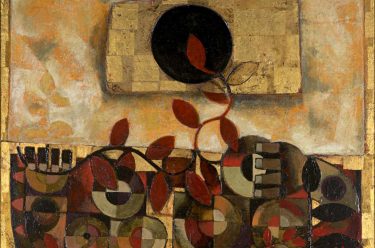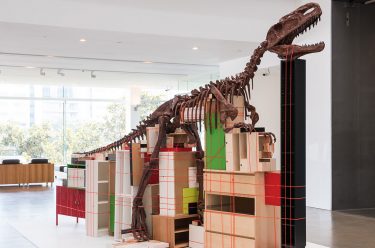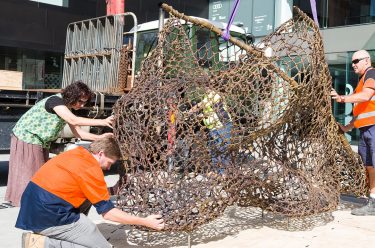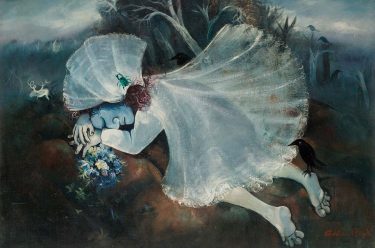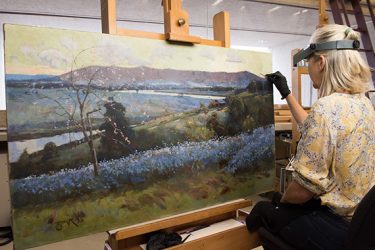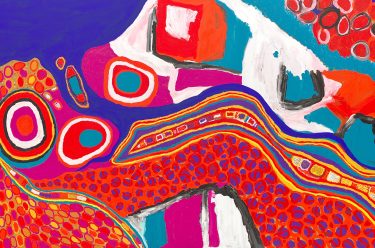Vale: Leonard French, OBE, and Peter Travis, AM
Signwriter turned painter Leonard French (1928–2017) passed away in January, aged 88. French was an influential artist over a career that spanned six decades, including five years in the 1960s that he spent working on a 50-colour glass ceiling for the NGV’s Great Hall — the artist’s first time working in the medium and considered one of the world’s largest stained-glass ceilings, wrote…
Continue reading » “Vale: Leonard French, OBE, and Peter Travis, AM”
